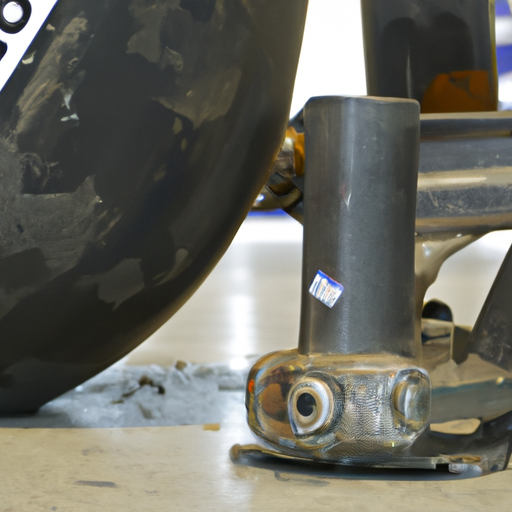Introduction
Towing of an aircraft is a crucial process in the aviation industry. It involves moving an aircraft from one location to another on the ground, typically when it is not in operation or needs to be repositioned. This comprehensive guide will provide you with all the essential information about aircraft towing, including its purpose, methods, and safety considerations.
What is Towing of an Aircraft?
Aircraft towing refers to the act of moving an aircraft using specialized equipment. It is necessary for various reasons, such as maintenance, storage, or when an aircraft needs to be relocated within an airport or hangar. Towing ensures that aircraft can be efficiently maneuvered without the need for engine power or taxiing.
Methods of Aircraft Towing
There are different methods used for towing aircraft, depending on the size and type of the aircraft, as well as the available towing equipment. Some common methods include:
1. Towbar Towing: This method involves attaching a towbar to the aircraft’s nose landing gear or tow points, which is then connected to a tow vehicle. The tow vehicle, often a specialized tug, provides the necessary power to move the aircraft.
2. Towbarless Towing: In this method, the aircraft is lifted using specialized equipment, such as a towbarless tug or a tow tractor. The tug clamps onto the aircraft’s landing gear or fuselage, allowing for efficient and safe towing without the need for a towbar.
3. Wing Walker Towing: This method is typically used for smaller aircraft. It involves manually pushing or pulling the aircraft by hand, with the assistance of wing walkers who ensure the aircraft remains balanced and stable during the towing process.
Safety Considerations
Towing an aircraft requires careful attention to safety procedures to prevent accidents or damage. Here are some important safety considerations:
1. Proper Training: Only trained and authorized personnel should be involved in aircraft towing operations. They should have a thorough understanding of the aircraft’s towing limitations, procedures, and safety protocols.
2. Communication: Clear communication between the tow vehicle operator and the aircraft crew is essential. Hand signals or radio communication should be used to ensure smooth coordination during the towing process.
3. Weight and Balance: It is crucial to consider the weight and balance of the aircraft during towing. Improper weight distribution can lead to instability and potential damage to the aircraft.
4. Obstacle Awareness: The towing route should be free from obstacles such as other aircraft, equipment, or structures. Adequate clearance should be maintained to avoid any collisions or accidents.
5. Weather Conditions: Towing operations should be conducted with caution in adverse weather conditions, such as strong winds or slippery surfaces. These conditions can affect the stability and control of the aircraft during towing.
Conclusion
Aircraft towing is an essential aspect of the aviation industry, enabling efficient movement and repositioning of aircraft on the ground. Understanding the methods and safety considerations involved in aircraft towing is crucial for ensuring smooth and secure operations. By following proper procedures and adhering to safety protocols, aircraft towing can be carried out effectively, minimizing the risk of accidents or damage.




